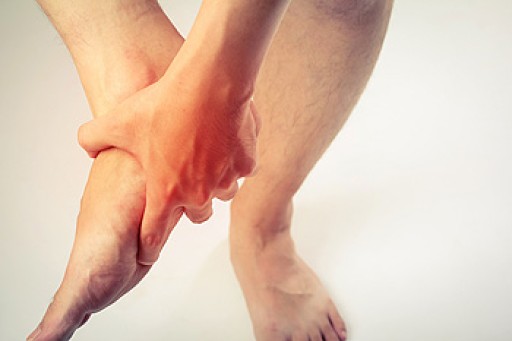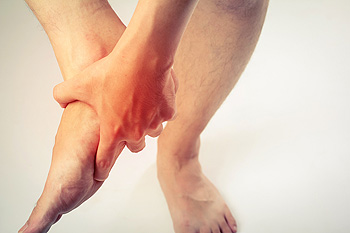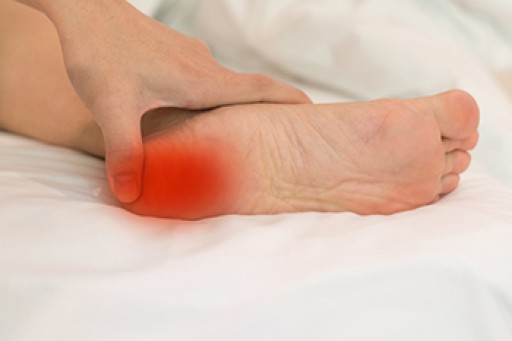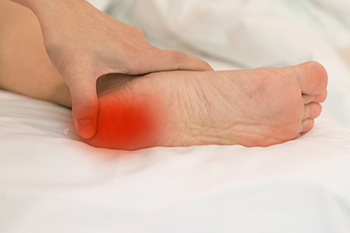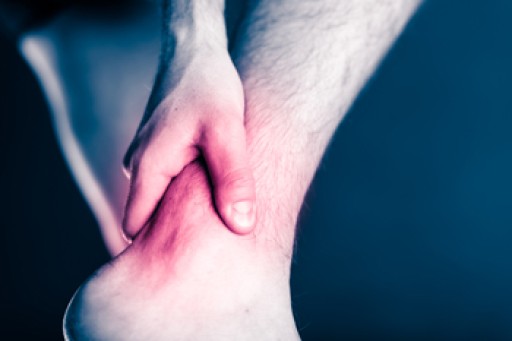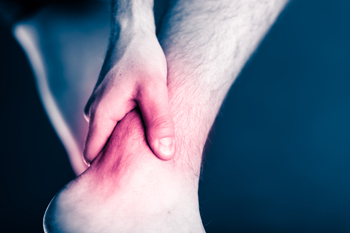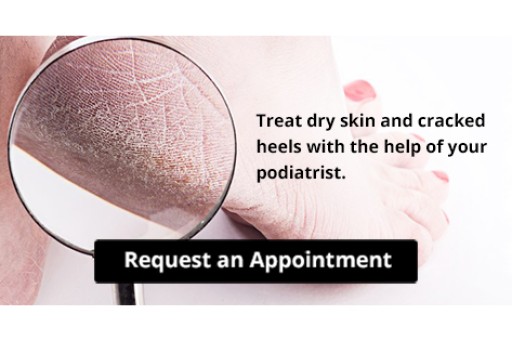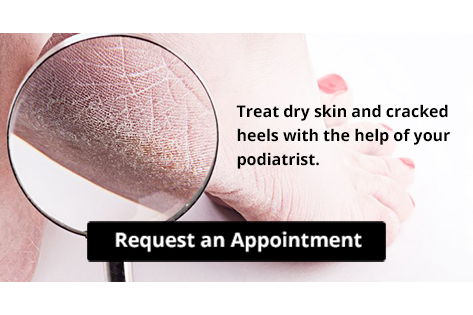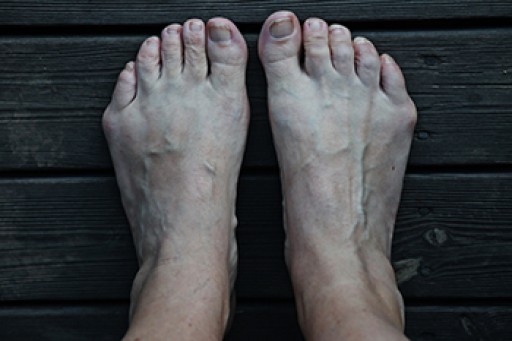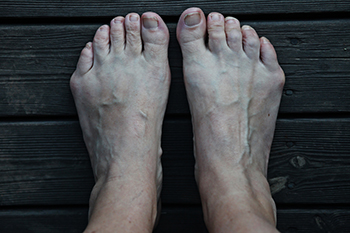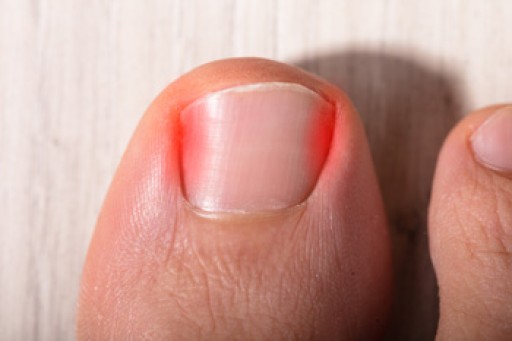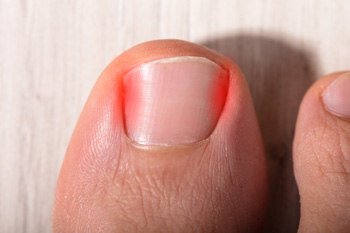Kohler’s Disease, which typically occurs in children between 3 and 7 years of age, is a rare bone disease which affects the tarsal navicular bone in the foot. This boat-shaped bone connects the ankle with the lower bones in the feet. In Kohler’s Disease, this bone suddenly loses its blood supply causing it to degenerate. The child usually feels pain and tenderness along the arch and there may be swelling and redness. It is popularly believed that Kohler’s disease may be caused by strain or injury to the navicular and its blood vessels before the bone becomes completely hardened. The good news is that the navicular bone usually recovers and regains its density, size, and structure within time. However, until such time, the child may limp or walk on the side of the affected foot to compensate for the pain they experience while walking. A podiatrist can diagnose Kohler disease in your child and ease their pain with special supportive shoes and, or orthotics, casting, and pain relievers.
The health of a child’s feet is vital to their overall well-being. If you have any questions regarding foot health, contact one of our podiatrists of Lewis Wolstein, DPM, P.C. & Associates. Our doctors can provide the care you need to keep you pain-free and on your feet.
Tips for Keeping Children's Feet Healthy
- Make sure their shoes fit properly
- Look for any signs of in-toeing or out-toeing
- Check to see if they have Clubfoot (condition that affects your child’s foot and ankle, twisting the heel and toes inward) which is one of the most common nonmajor birth defects.
- Lightly cover your baby’s feet (Tight covers may keep your baby from moving their feet freely, and could prevent normal development)
- Allow your toddler to go shoeless (Shoes can be restricting for a young child’s foot)
- Cut toenails straight across to avoid ingrown toenails
- Keep your child’s foot clean and dry
- Cover cuts and scrapes. Wash any scratches with soap and water and cover them with a bandage until they’ve healed.
If you have any questions, please feel free to contact our office located in Co-Op City, NY . We offer the newest diagnostic and treatment technologies for all your foot care needs.
